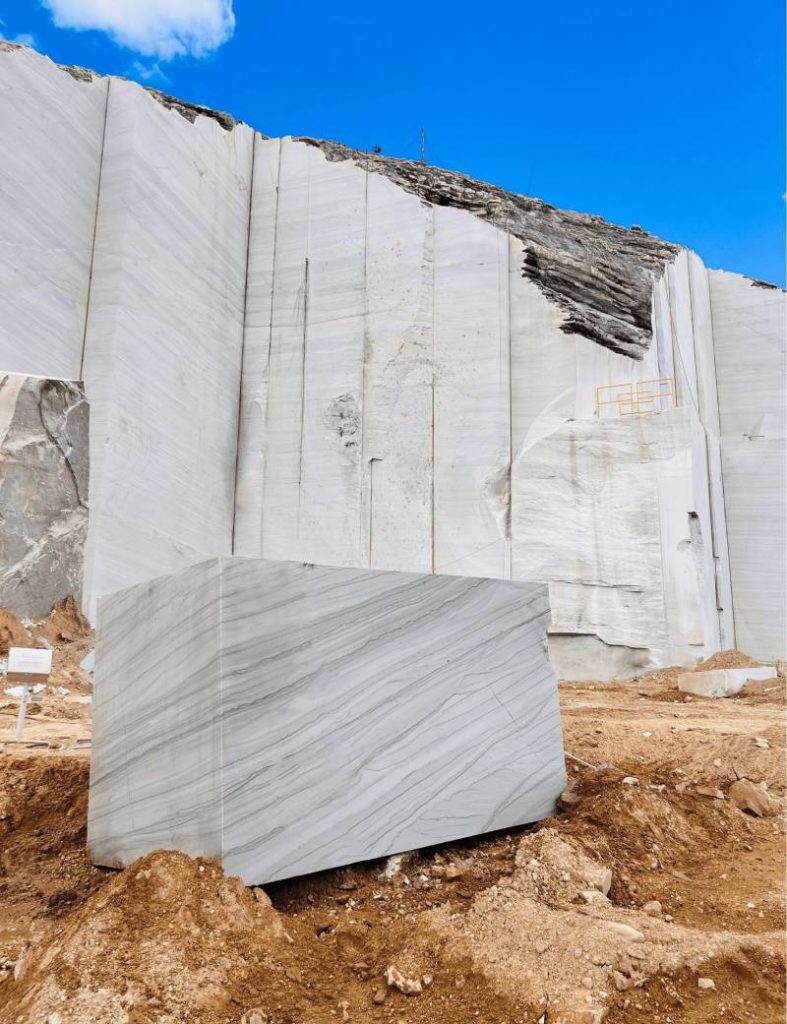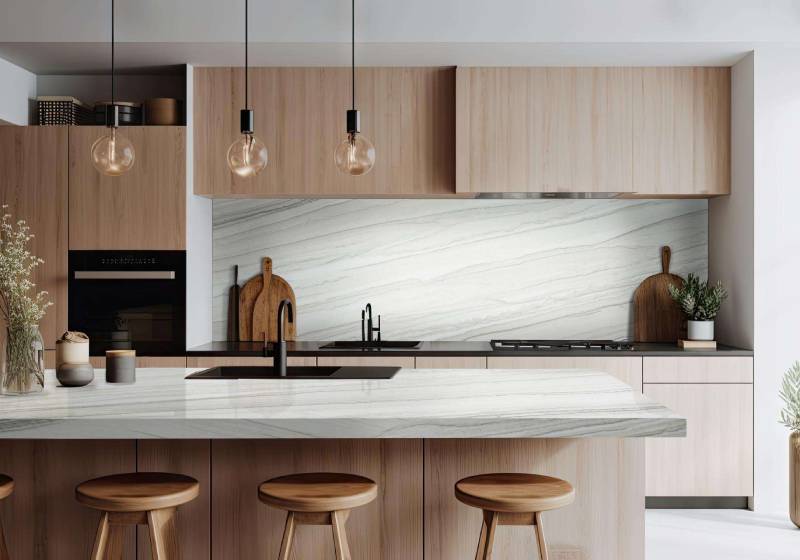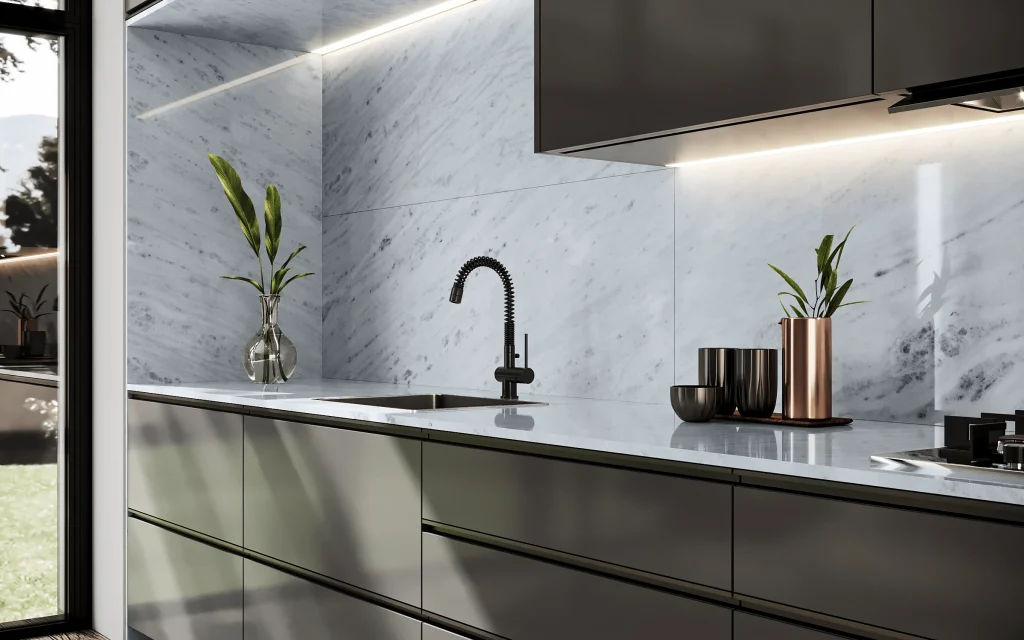North Hollywood, CA
(818) 308 6292
San Antonio, TX
(210) 494 8282
North Hollywood, CA
(818) 308 6292
San Antonio, TX
(210) 494 8282
(818) 308 6292
(210) 494 8282
(818) 308 6292
(210) 494 8282






With a clear understanding of material characteristics, the selection process becomes a strategic yet creative exercise.

Choosing the right finish and treatment for the stone type and its application is crucial. For high-traffic areas, opting for harder stones with a honed or brushed finish can minimize the appearance of wear. For exterior applications, selecting stones that naturally resist weathering and staining can maintain their appeal longer.